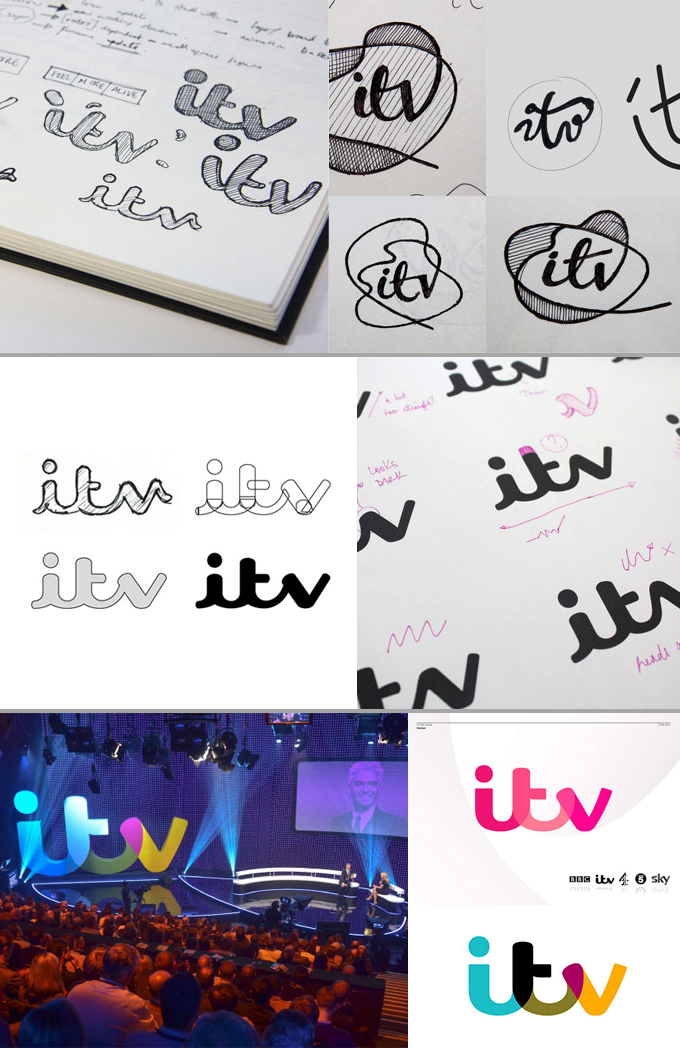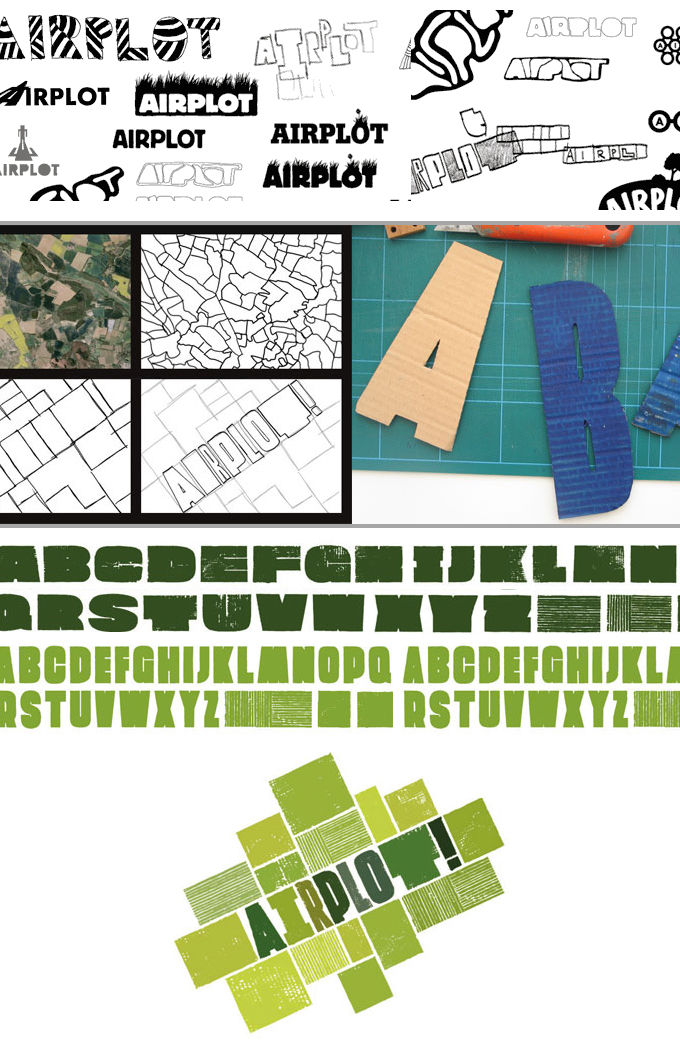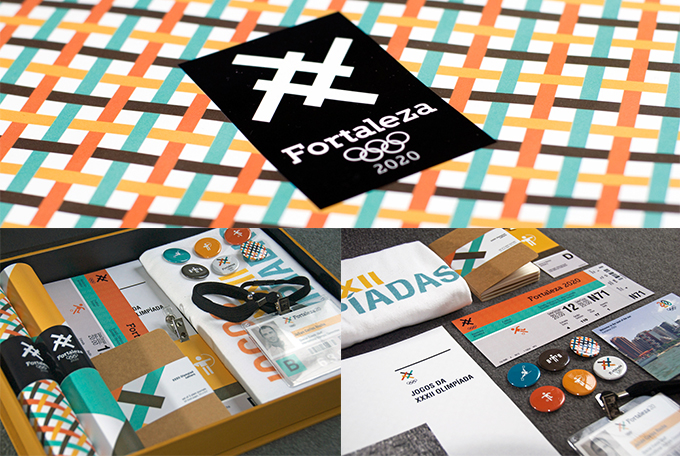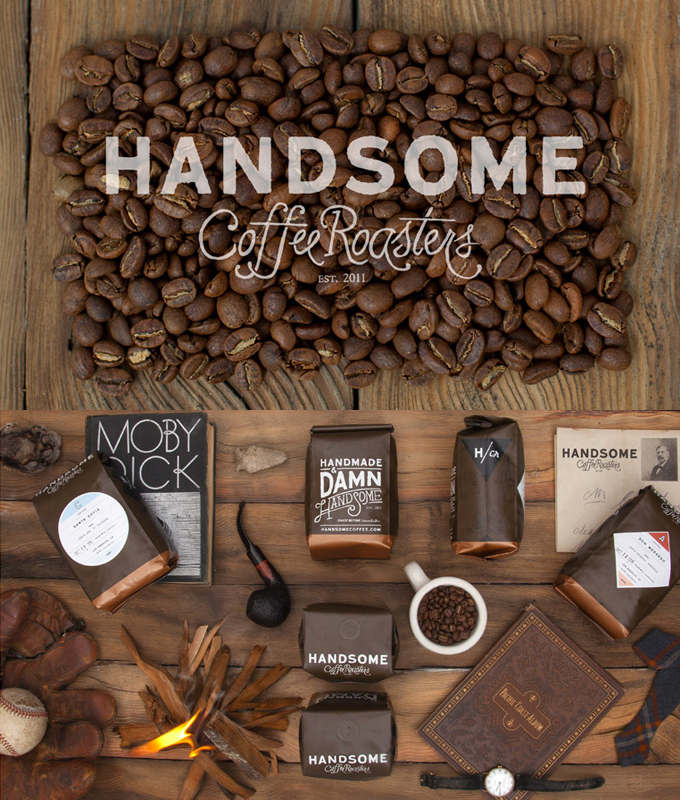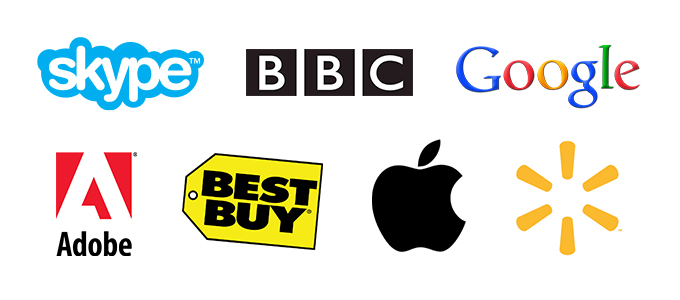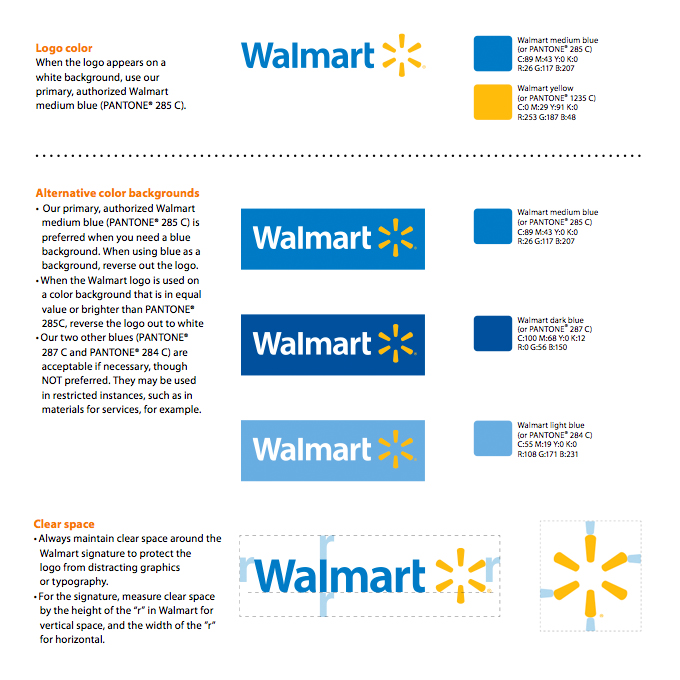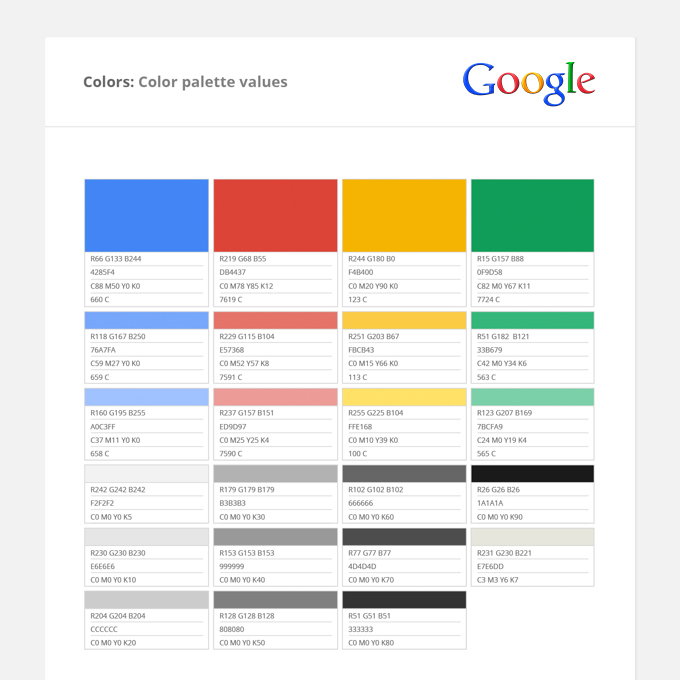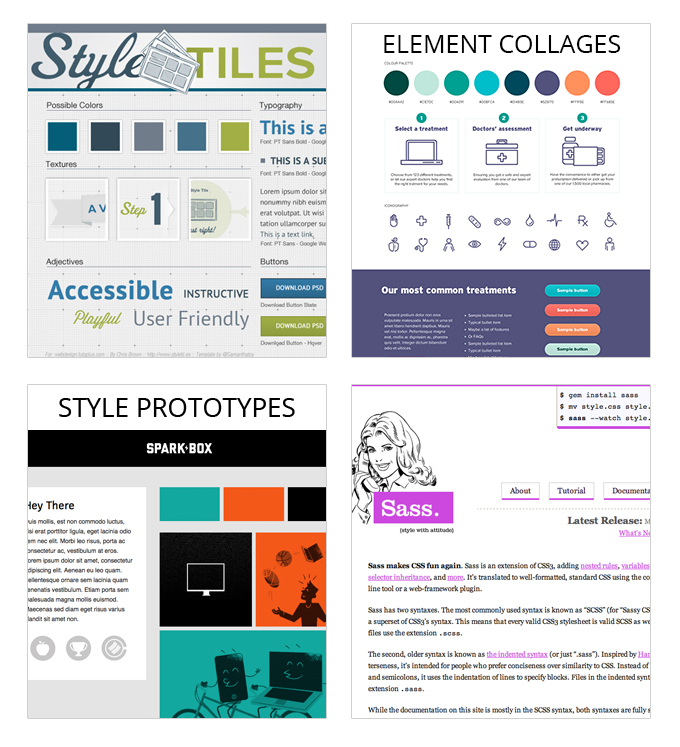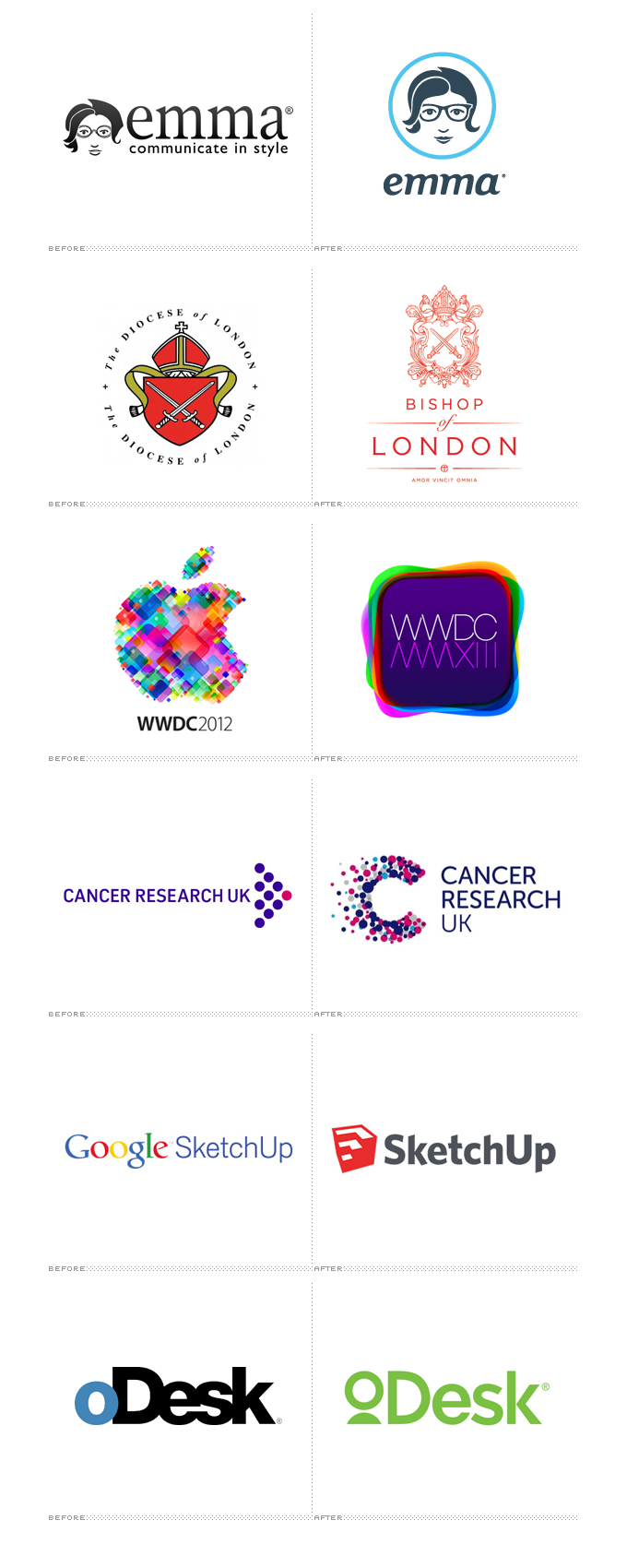BLOG
Logo Vs. Brand Identity
Designing a Brand Identity
By Gerren Lamson on Mar 3, 2017 in Business, How To
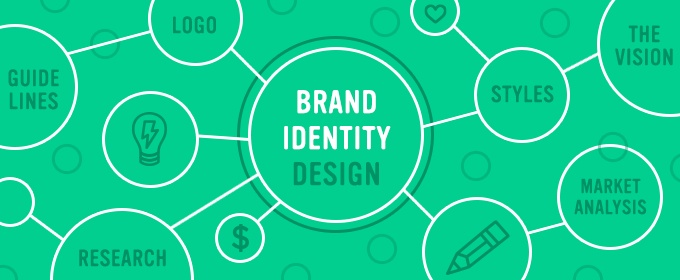
One of the most interesting projects that a graphic designer can take on is designing a logo. It can be daunting (and stressful) to come up with logo options based on market research, and stumble upon some "design magic" through the exploratory process. Narrowing it down to a final approved logo and then seeing it out in the world can be a very rewarding experience for a designer.
However, most of the time, a logo is not enough. Large organizations with layers of management require a thorough brand identity system that provides a unified vision and tools that help everyone build the brand. But before we dig in, let's define the difference (and relationship) between a brand, an identity and a logo.
Brand vs. Identity vs. Logo
- A Brand (or Branding) refers to the perceived image and subsequent emotional response to a company, its products and services. It also represents the conversation that customers are having with each other about the company, and how that spreads. My favorite definition about brand is the one Seth Godin gave: A brand is the set of expectations, memories, stories and relationships that, taken together, account for a consumer’s decision to choose one product or service over another. If the consumer (whether it’s a business, a buyer, a voter or a donor) doesn’t pay a premium, make a selection or spread the word, then no brand value exists for that consumer.
- An Identity describes the visual devices used to represent the company. Identity systems are a visual components package that is paired with style guidelines and used as a framework to ensure the corporate image is cohesive and consistent. Some of the visual devices that leverage the brand elements and style guidelines are as follows: stationery, marketing collateral, packaging, signage, messaging, and digital projects, among others.
- A Logo is the central, identifiable visual element that helps customers discover, share and remember a company's brand. Usually it's in the form of an icon (mark or symbol), logotype, or combination of the two. The main purpose of a logo is summed up nicely as the five principles of effective logo design in this Smashing Magazine article.
Phase 1: Research, Vision & Design Brief
This phase should be as thorough as needed — depending on the depth of research and size of the company. It's the most crucial part of the overall process, and should result in a design brief that guides the rest of the project.
Below is a list of foundational questions and key dynamics to explore and document through qualitative and quantitative methodologies. (Note: This is only a quick overview of the most complex part of this process.)
- How is the brand perceived against competitors in the market for products and services you're looking to provide?
- What is the positioning statement of your brand? Answer the what, how, to whom, where, why and when questions.
- What is the heritage of your product type, and the origin(s) of it's ingredients and fabrication process?
- Who is your audience? Are they digitally savvy? Where will your products/services have contact with them? How do you want that contact experience to make them feel, take action and think about your brand?
- What values & beliefs should the brand have about the business and it's mission in the world? If the brand was a person, what would it's personality be? How would it look, act and talk?
- What benefits do you want customers to associate with your brand? What is the vision of the brand that you want to create?
- Other brand image concerns: market awareness, emotional associations, value to the consumer, brand perception vs. consumer behavior, changes desired in the brand-consumer relationship over time.
As you can tell, it's complicated. Two agencies who I think do a good job with their brand research are Landor and Fi. It shows in the way that they describe their completed work as challenge-and-solution projects.
The Design Brief
It's important to have a design (or creative) brief if the brand identity project is bigger than one designer doing work for a small local business. A design brief should contain summaries from the research phase, such as: target audience(s), messaging objectives, values and mission of the brand, and the brand's products/services offering. It should also include budget, project schedule, file formats for delivery, and other practical needs.
If you're looking for tools and help on how to write a design brief for a brand identity project, explore the following: Freelance Switch Brief Tips, Link List and Logo Design Brief, 99designs, Just Creative, and FreePDF Templates.
Phase 2: Logo, Identity, & Guidelines
After the research phase is complete and a design brief has been created, it's time to start designing the logo and identity system.
The Logo
There are many ways to start designing a logo, but most often times you'll see designers begin by sketching out dozens if not hundreds of iterations on paper. The process of getting concepts down on paper and then iterating on those ideas can unlock new directions to explore and final solutions that you wouldn't have normally arrived at when starting on the computer. After selecting your best sketched concepts, you should start iterating on them digitally.
Here's a peak behind the curtain of a few logo concept sketches as they became final digital solutions:
Firefox Logo by Martijn Rijven of Bolt Graphic, art direction by Wolff Olins
ITV logo by Matt Rudd of Rudd Studio
Greenpeace Airplot Logo by Airside
The Identity System
The identity system usually starts after the logo is complete. The purpose of the identity system is to form a systematic visual language around the logo — one that compliments the design thinking of the logo and offers a family of useful, flexible elements that will help to design marketing and business collateral. Here are some examples:
Fortaleza 2020 by Guivillar
Handsome Coffee Roasters by Ptarmak
Patina Restaurant Group by Mucca Design
The Style Guidelines
The style guidelines contain and prescribe the logo usage rules, typeface system, color palette, layout guidelines, and more. They exist so that others can create design collateral and marketing materials that will have a cohesive look and voice.
Style guidelines have traditionally been produced as print and web-ready PDFs. They're the core of the identity design, and usually accompany the logo, templates, fonts and other resources packaged together to make designing for the brand easier. Style guidelines are in-depth rules about logo usage, styling, and layout, and are always interesting to browse through.
Here are a few style guidelines of popular brands: Skype (pdf, brand page), BestBuy (Euro Guidelines), BBC, Adobe, Apple, Google, and Walmart. Looking for more? Dig into this list by Logo Design Love.
These days, the documentation that a designer must deliver has a heavy digital skew, with an emphasis on development-ready files, such as Style Tiles, Element Collages, Style Prototypes, SASS documentation, a Logo/Brand download page, among others.
Don't forget to check out our simple Creative Market brand page, and download the logo if you want to promote and share Creative Market.
Phase 3: Monitoring & Rebranding
Lastly, after a new brand identity has launched, it's important to monitor and care for it, as it's a living and breathing thing that interacts with your customers. Honestly, that's a loaded statement as there are many ways to properly care for a brand. Regardless, over time, if your target audience shifts, the market evolves, or the brand's products and services change, it may be time for a rebrand. The main challenge with rebranding is trying to maintain familiarity and consistency so that your customers will remember you.
There are two really awesome sites that give an inside look when prominent brands get rebranded: Rebrand and Under Consideration's Brand New. Here is a quick sampling of their short before and after case studies:





